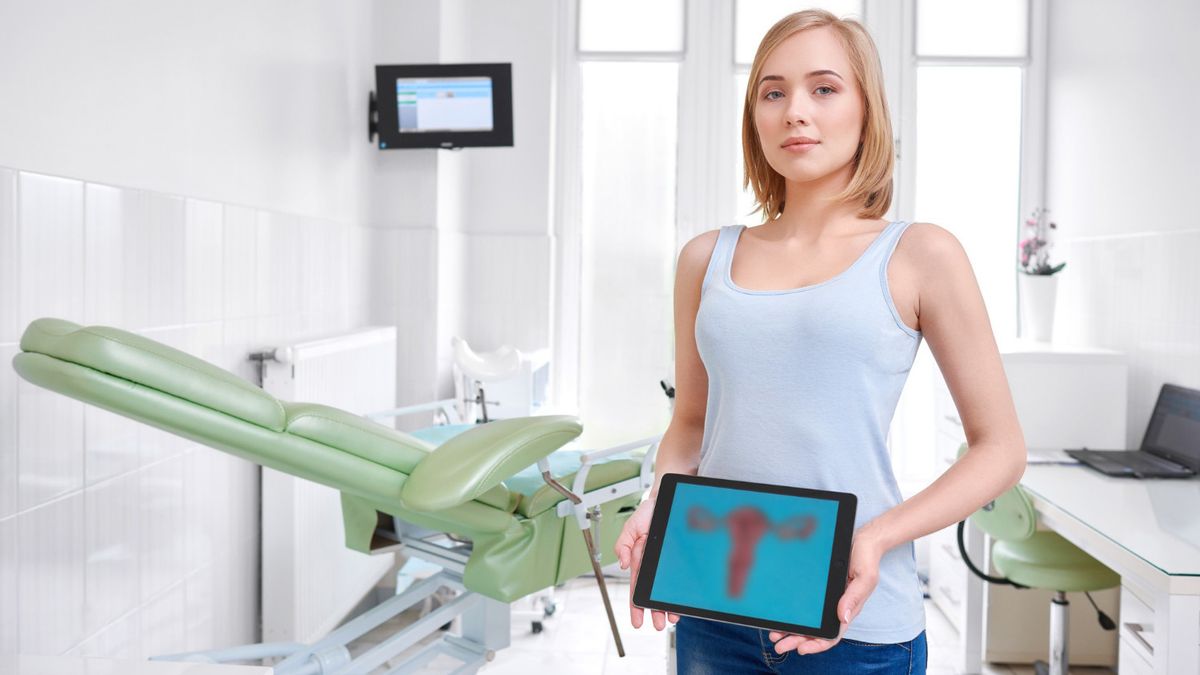YOGYAKARTA – Cervical cancer is a type of cancer that grows on the cervix, the lower part of the uterus that is connected to the vagina. This disease can be caused by HPV (human papillomavirus) and sexually transmitted infections.
Cervical cancer begins when healthy cells in the cervix experience changes or mutations in their DNA. The instructions to the cell are ordered by DNA which then healthy cells grow and reproduce at a predetermined rate until they eventually die.
Mutations tell cells to grow out of control. They do not die but accumulate abnormal cells forming a mass called a tumor. Cancer cells then invade nearby tissue and can break away from the tumor to spread (metastasize) to other places in the body.
Although it is not certain what causes cervical cancer, it is certain that HPV plays a role in developing cancer. In addition, lifestyle and environmental factors also affect exposure to this disease. So, to prevent it, you can take the following steps.
1. Getting the HPV vaccineAccording to guidelines from the American Cancer Society (ACS), if you qualify, you can get the HPV vaccine, which prevents the virus from multiplying.

The HPV vaccine is recommended for preteens ages 11 to 12, but can be given as early as 9 years old. For adult women up to the age of 26 years, the HPV vaccine is also recommended. Some adults aged 27-45 years who have not received this vaccine, can also get it after consulting a doctor.
For those aged less than 15 years, the vaccine is given twice every 6 and 12 months. Meanwhile, at later ages, the vaccine is given in a series of three injections.
2. Screening testScreening tests aim to help prevent cervical cancer or find it early. The bag includes a Pap test (or Pap smear) to look for precancerous, cell changes in the cervix that may become cervical cancer if not treated promptly.
In addition to the Pap test, it is also necessary to do an HPV test to identify viruses that can cause cell changes. Both tests can be done in a clinic or doctor.
3. Maintain vaginal hygieneThe vagina can regulate the pH balance, but cleanliness still needs to be maintained. For example, wearing underwear that is comfortable and does not make the genital area moist. Also, do not touch the vaginal area with unsterilized hands. That means you need to wash your hands regularly, especially when it comes to washing your vagina.
4. Have sex in a healthy wayHuman papillomavirus can be passed from person to person during skin-to-skin contact with infected areas of the body. So it is advisable to have sex in a healthy manner, whether vaginal, anal, or oral sex so that the infection does not spread. One way is to use condoms or non-hormonal contraceptives.
5. Limit the number of sex partnersQuoting from the pages of the American Cancer Society, Wednesday, April 20, limiting the number of sex partners and avoiding sex with people who have multiple partners can reduce the risk of getting HPV. However, because HPV is so common, it's safe and healthy to do activities with one person.
Keep in mind that HPV can infect for years without showing symptoms. That means that medical steps are needed, namely by doing an HPV test or Pap smear test to find out early and get the right treatment.
The English, Chinese, Japanese, Arabic, and French versions are automatically generated by the AI. So there may still be inaccuracies in translating, please always see Indonesian as our main language. (system supported by DigitalSiber.id)








